As the sun dips below the horizon, the sky is transformed into a living canvas of swirling patterns and shapes. This breathtaking spectacle is the murmuration of starlings, a natural phenomenon that captivates both the heart and mind. But beyond the visual wonder, what lies behind this mysterious dance? In the UK, these aerial displays draw onlookers and scientists alike, eager to unravel the secrets of this avian ballet.
The Beauty of Murmurations

Murmurations are more than just a visual treat; they are a testament to the intricate coordination and communication among starlings. When thousands of birds move in unison, it creates a mesmerizing wave-like motion that seems almost choreographed. The beauty of these formations is in their fluidity, shifting and changing with each beat of a wing. Observers often describe the sight as a living cloud, undulating and twisting in the sky. This natural spectacle is a reminder of the intricate beauty present in nature.
The Science of Synchronicity
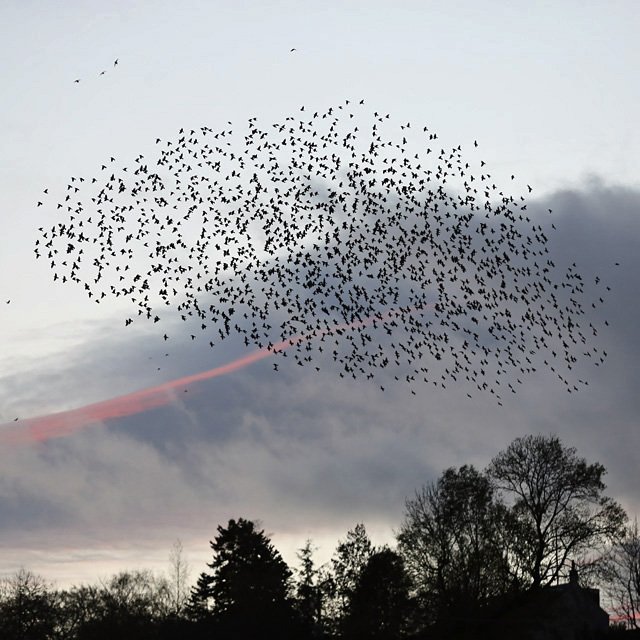
At the heart of every murmuration is the science of synchronicity. Scientists have been intrigued by how these birds manage to fly together without colliding. Research indicates that each starling pays attention to the movements of its seven closest neighbors. This simple rule allows for complex and coordinated group behavior, ensuring that the flock moves as a single entity. The principles of synchronicity observed in starlings have even inspired algorithms used in technology and robotics.
Why Do Starlings Murmurate?
The reasons behind murmurations are as fascinating as the display itself. One primary purpose is safety in numbers. By congregating in large groups, starlings can deter predators like hawks and falcons. The ever-changing patterns make it difficult for predators to single out and target individual birds. Additionally, these gatherings serve as a communal way for starlings to share information about roosting sites and food sources. In essence, murmurations are a blend of survival strategy and social interaction.
The Role of the Environment
Environmental factors play a significant role in the formation and dynamics of murmuration. Starlings are more likely to perform these dances during the evening, as they prepare to roost for the night. The landscape also influences where murmurations occur. Open fields and wetlands are common locations, providing ample space for the birds to maneuver. Weather conditions, such as wind patterns and temperature, can also affect the size and shape of the murmurations, adding another layer of complexity to this natural phenomenon.
Seasonal Spectacles
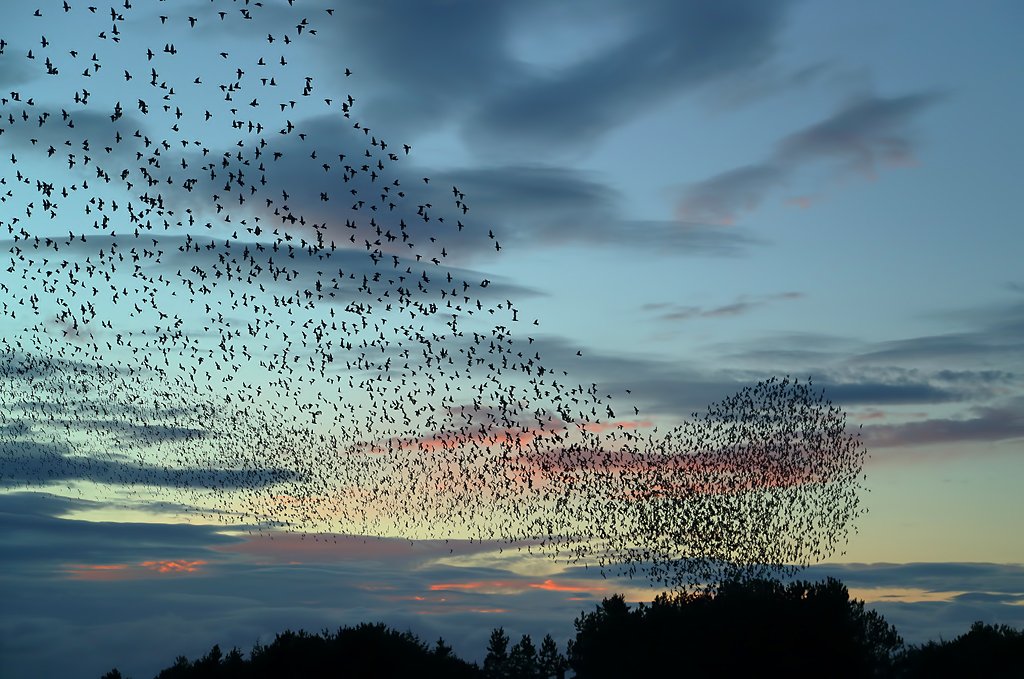
Murmurations are most commonly observed in the autumn and winter months. During this time, the starling population in the UK swells with the arrival of birds from colder regions of Europe. These seasonal visitors join the resident populations, creating larger and more impressive displays. As the days shorten, the opportunities to witness these dances increase, making it a favorite winter activity for nature enthusiasts.
The Impact of Human Activity
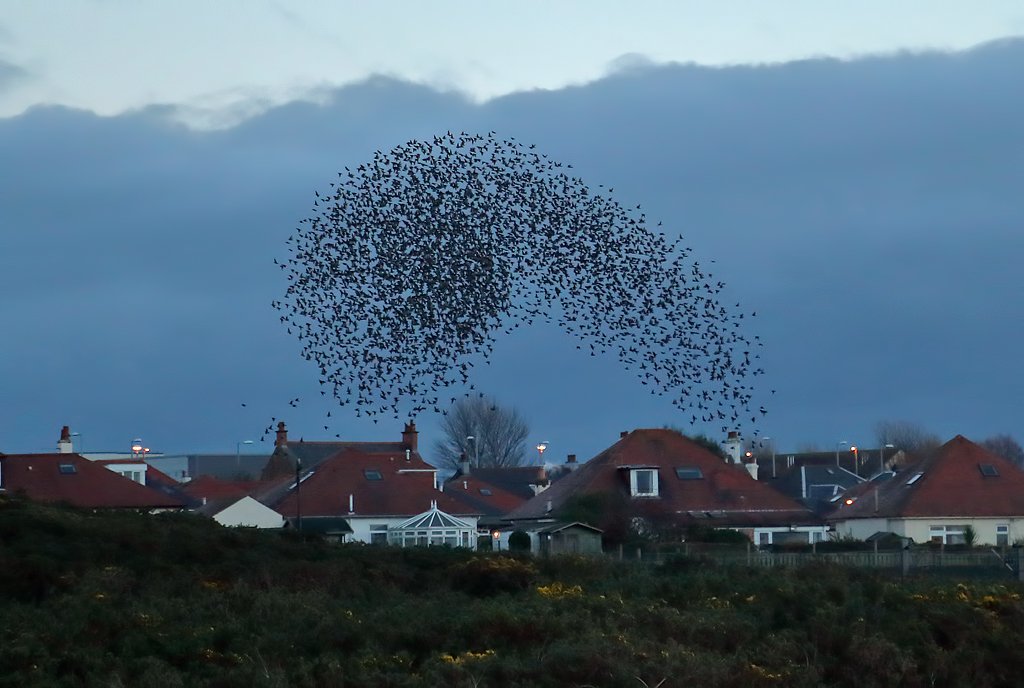
Human activities have a significant impact on starling populations and, consequently, murmuration events. Changes in land use, agricultural practices, and urban development can all affect the habitats available for starlings. Additionally, light pollution from cities can disrupt the natural behaviors of these birds. Conservation efforts are essential to ensure that future generations can continue to enjoy this awe-inspiring display of nature’s artistry.
Technological Insights
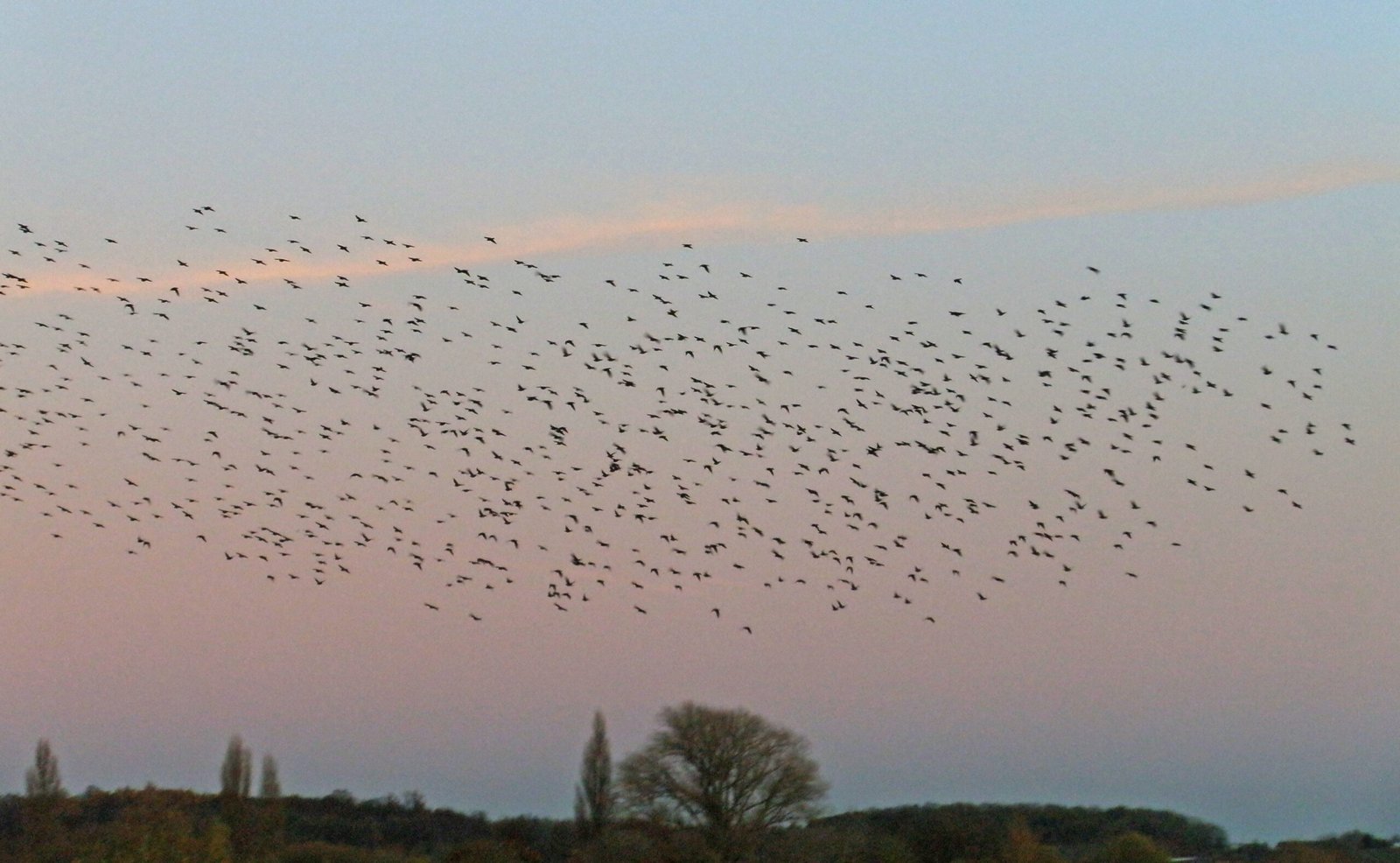
In recent years, technology has played a crucial role in studying murmurations. High-speed cameras and computer simulations have allowed scientists to analyze these formations in greater detail. By examining the flight paths and interactions of individual birds within a murmuration, researchers can gain a deeper understanding of the underlying mechanics. These technological advancements have shed light on the complexity and efficiency of starling movements, offering insights into collective behavior.
The Cultural Significance

Murmurations have not only captivated scientists but have also inspired artists, writers, and musicians throughout history. This natural phenomenon has been a symbol of unity, fluidity, and beauty. In literature and art, murmurations are often used as metaphors for harmony and collective strength. The cultural significance of these displays underscores the universal appeal and wonder they evoke across different societies.
A Call to Preserve

The enchanting dance of the starlings serves as a reminder of the delicate balance within ecosystems. As spectators, we are privileged to witness such natural wonders, but we also bear the responsibility to protect them. Conservation efforts are crucial to preserving the habitats that support starling populations. By safeguarding these environments, we ensure that the skies continue to host this extraordinary ballet, captivating and inspiring future generations.
A Final Glimpse
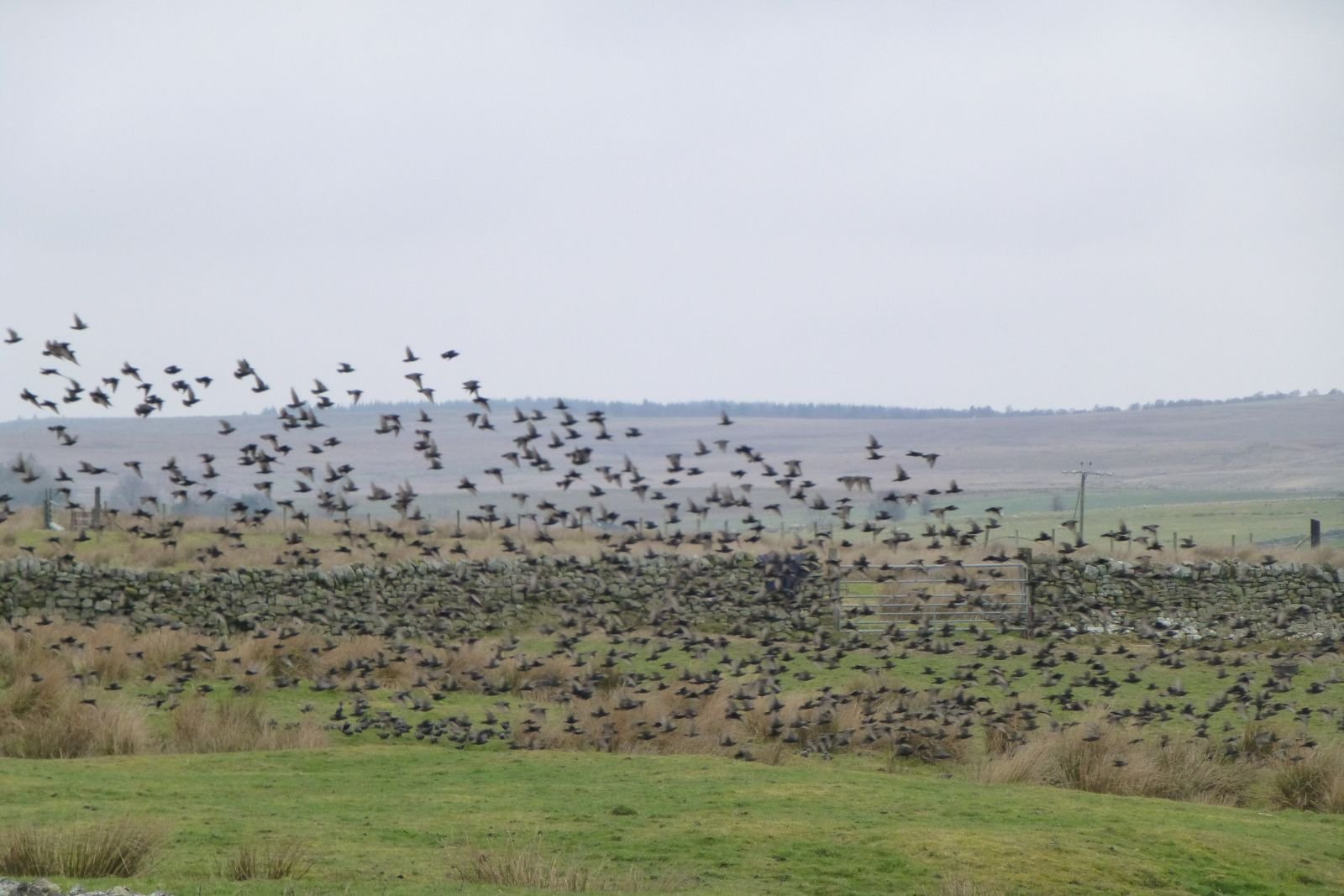
As the last rays of sunlight fade, the murmuration slowly dissipates, leaving an indelible mark on those who witnessed it. The starlings’ secret dance is a celebration of nature’s complexity and a testament to the marvels that occur in the natural world. Each murmuration is a fleeting moment of connection between our world and the avian one, a reminder of the beauty and mystery that surrounds us.




